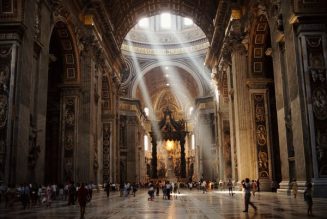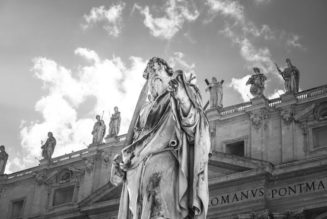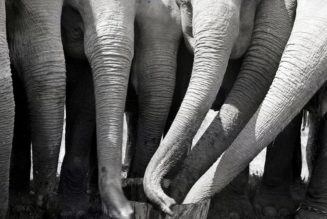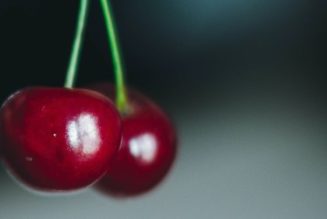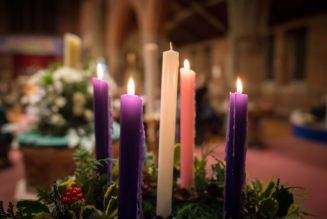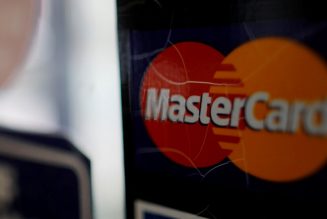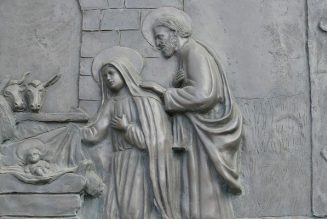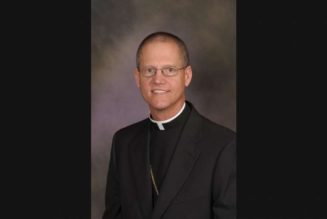 |
There is a strong push from President Donald Trump, Secretary of Education Betsy DeVos, and educators across the country for schools to resume in-person, full-time instruction despite the fears and dangers associated with Covid-19. Even the CDC issued an article recently on the importance of reopening America’s schools this fall, estimating that it is actually more dangerous for children to be out of school than in school due to the “the harms attributed to closed schools on the social, emotional, and behavioral health, economic well-being, and academic achievement of children, in both the short- and long-term.”
But part of the debate for Catholics should be, “Was my child safe at school before?” Since safety is the topic of the hour, let’s talk about what’s “safe” and what’s “dangerous.” There were deadly dangers lurking in most schools long before the world fell prostrate in fear before Covid. The nationwide school closure might prove a watershed moment for many parents to acknowledge the dangers of broken and even toxic school systems, public and otherwise, and seize this opportunity, though it be risky, to make different plans as schools reopen.
Covid has given the postmodern mantra Safety First an all new meaning in schools that were already obsessed with safety—safe spaces, safe zones, safe sex, and the safe secular priority of prosperity. So many schools were safe, however, at the peril of souls. Safety should be first when it comes to rampant mortal dangers such as political correctness, pornography, liberalism, cynicism, and relativism. But these are the very dangers called “safe” in many schools, preying upon the social, emotional, and behavioral health, economic well-being, and academic achievement of children.
When it comes to those things inherently worth doing—such as experiencing creation, discovering humanity, encountering divinity—such life-altering things can’t be called “safe,” but these are the actions of an authentic education. Education at its best is dangerous, and our brave new Covid world affords an opportunity, both symbolically and literally, to seek and secure this educational attitude for our children because it is central to a Catholic education.
Real schools are not truly safe, and it may have taken the shuttering of so many “safety first” schools to give parents the chance to rethink the priorities of the school their child was attending and may attend again this fall. Are they returning to the worldly dangers associated with a Catholic formation? Or the spiritual dangers of disillusionment and demagoguery?
School systems that have replaced Virgil with F. Scott Fitzgerald and Shakespeare with Harper Lee have taken the safe route because it is easier. Education should not be easy or without a healthy dose of danger, i.e., without some flavor of the terrible richness of reality. An easy, fearful education can leave students listless, insecure, and uninspired in a cooped-up world to measure out their Prufrock lives with coffee spoons.
A dangerous, difficult education, on the other hand, challenges students to strike out beyond their comfort zones and engage in robust experiences and soul-shaking material. By embracing the oft-ignored dangers of human frailty, emotional exposure, intellectual wonder, spiritual exercise, and social honesty, students assume the perils of the unknown and gain a real knowledge of themselves, the world, and the God who made it all.
This is what school is for, and it is to those schools that Catholics should send their children—especially given the Covid hiatus and post-Covid hysteria. Our children must learn to be wise as serpents and gentle as doves at school, which means knowing the balance between love of neighbor and the limits of government. They must learn to shine with the image and likeness of God, instead of how to capitulate with the ungodly like faceless, mindless, subservient cogs. Now may be the perfect time to take stock of our schools as they reopen, and judge in what way they were safe and in what way they were dangerous.
There’s no such thing as an eradication of all threats, microscopic or otherwise, and many parents may find the time has come for a fearless leap of faith. Enroll your child at a truly Catholic school. Found a Catholic co-op. Start homeschooling. It will be risky, but it always is when the stakes are high, and they couldn’t be higher. Besides, fear is now on the curriculum in most schools, and that alone should be a major cause of concern and reconsideration, especially for little ones. Deep damage is surely being done to the formation of our young through isolation, a politicized culture of fear, and a social climate that values physical health above spiritual and intellectual health.
While children should be protected with prudence, prudence also demands they should be exposed to those dangers inherent in all that is meaningful from cradle to grave in a manner that does not cause terror or trauma. Fear discourages the dangers inherent in knowledge, love, and life. Real education is about maintaining and managing the risks of the human condition—that is, the spiritual life—so that children can learn through the dangers they must live with as adults.
The novel coronavirus has given us an occasion to face fear with common sense and uncommon bravery and make the right educational choices for our children. A mature faith can’t exist in a body, mind, and soul that have been inhibited by excessive caution and materialism. Education, like life, is risky, and the course of a true education should allow life to run its course towards salvation, even though it tends to take risks to achieve it. Those risks can be calculated and controlled—and so they should be—but not eliminated. As it stands in most schools, however, there are many wholesome and even holy dangers that are being suppressed while the unwholesome are given free rein.
Before sending your children back to school, ask yourself if they are going back to the right school—a school that is taking the right sort of risks for the right reasons. The risks worth running are not those of contracting a disease, but the risks of being the salt of the earth. The danger of a good school is that it teaches children to stand out like saints, not assimilate like cowering slaves or compliant serfs. In a world of lies, truth is the most dangerous thing in the world. Similarly, a real education is dangerous in an unreal world. Our Teacher taught, “Do not be afraid.” Let’s send our kids back to schools which are good, which are safe because they are dangerous, and which fearlessly face, as Catholics, the dangers of “safety” with our children, despite the flags of falsehood unfurled against us or the hostilities that await those who approach education putting first things first, which often means Danger First.
Photo credit: Getty Images
